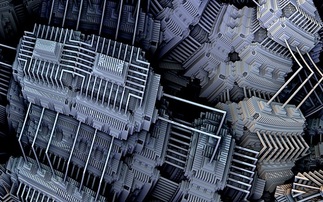Data volumes are "sky-rocketing" as Moore's Law efficiencies are flatlining, says EPFL's Babak Falsafi
The volume of data passing through data centres is ballooning. According to some estimates, 100 times more data will be processed in 2020 than in 2010. This growth far outstrips the rate at which I...
To continue reading this article...
Join Computing
- Unlimited access to real-time news, analysis and opinion from the technology industry
- Receive important and breaking news in our daily newsletter
- Be the first to hear about our events and awards programmes
- Join live member only interviews with IT leaders at the ‘IT Lounge’; your chance to ask your burning tech questions and have them answered
- Access to the Computing Delta hub providing market intelligence and research
- Receive our members-only newsletter with exclusive opinion pieces from senior IT Leaders





















